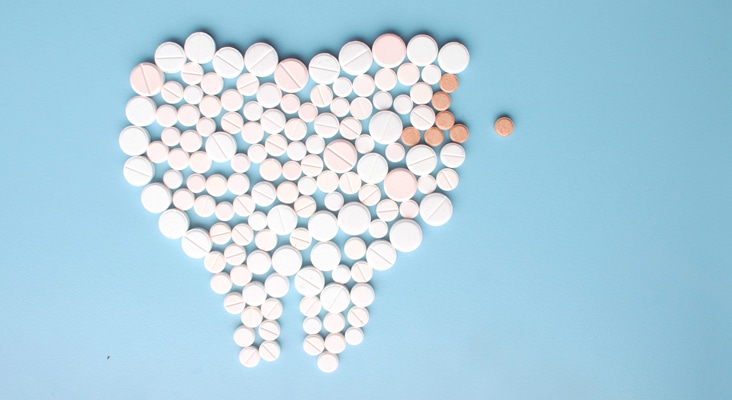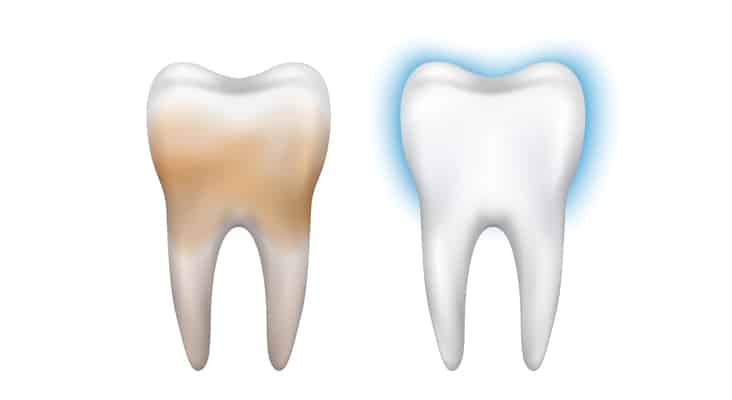How Much Do You Know About Disrupting Oral Biofilm?
Biofilms are composed of bacteria adhering to each other or to living or nonliving surfaces. They form complex communities surrounded by extracellular polymeric substances. Cells within these biofilms have changing physiologic and metabolic properties that contribute to their persistence. Take our quiz to test your knowledge on disrupting oral biofilm.
If not removed regularly, a complex and mature biofilm develops, containing up to how many bacterial species at a single site?
Oral biofilm exposed to an excess of carbohydrates contains mainly Gram-positive carbohydrate-fermenting bacteria that may cause demineralization, caries, pulpitis, and periodontitis.
 TefiM / iStock / Getty Images Plus
TefiM / iStock / Getty Images Plus
There are two strategies for biofilm control: interfere with attachment, and remove or disrupt biofilm. Total removal is not possible; therefore, disruption is the most practical option.
 alex-mit / iStock / Getty Images Plus
alex-mit / iStock / Getty Images Plus
Toothbrushing is the least powerful way to disrupt supragingival biofilm at home.
 LaylaBird / E+
LaylaBird / E+
Adding antibacterial ingredients within dentifrice is helpful for biofilm management. When combined with fluoride (for caries prevention), antibacterial pastes provide an efficacious option for combating oral diseases.
 Liliia Lysenko / iStock / Getty Images Plus
Liliia Lysenko / iStock / Getty Images Plus
Stannous fluoride has antibacterial effects against species associated with plaque, gingivitis, caries, and malodor, and it reduces plaque, gingival inflammation, and bleeding.
Stannous fluoride and sodium hexametaphosphate inhibit calculus and stain formation.
 Katerina Sisperova / iStock / Getty Images Plus
Katerina Sisperova / iStock / Getty Images Plus
A single assault on biofilm is likely to achieve biofilm control.
 IconicBestiary / iStock / Getty Images Plus
IconicBestiary / iStock / Getty Images Plus
Share your Results:

